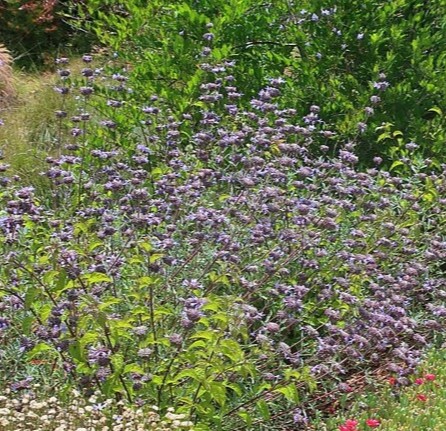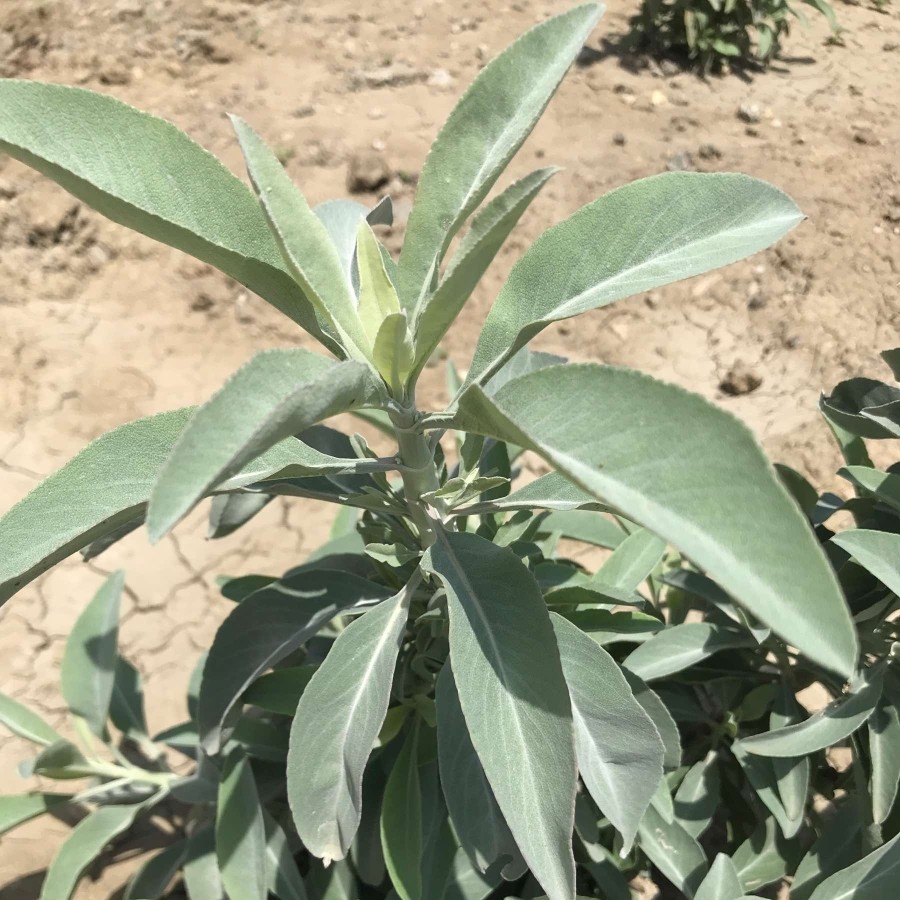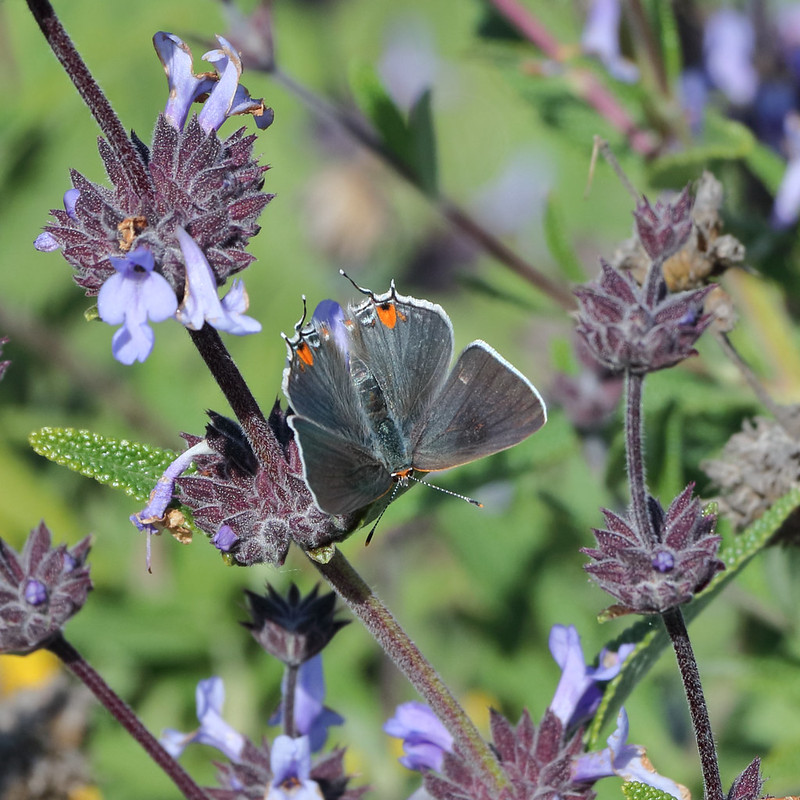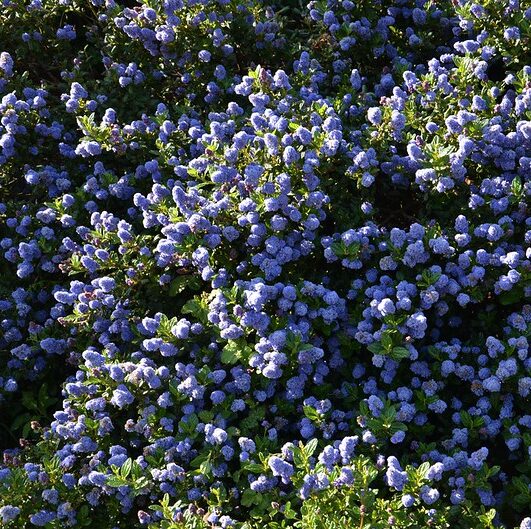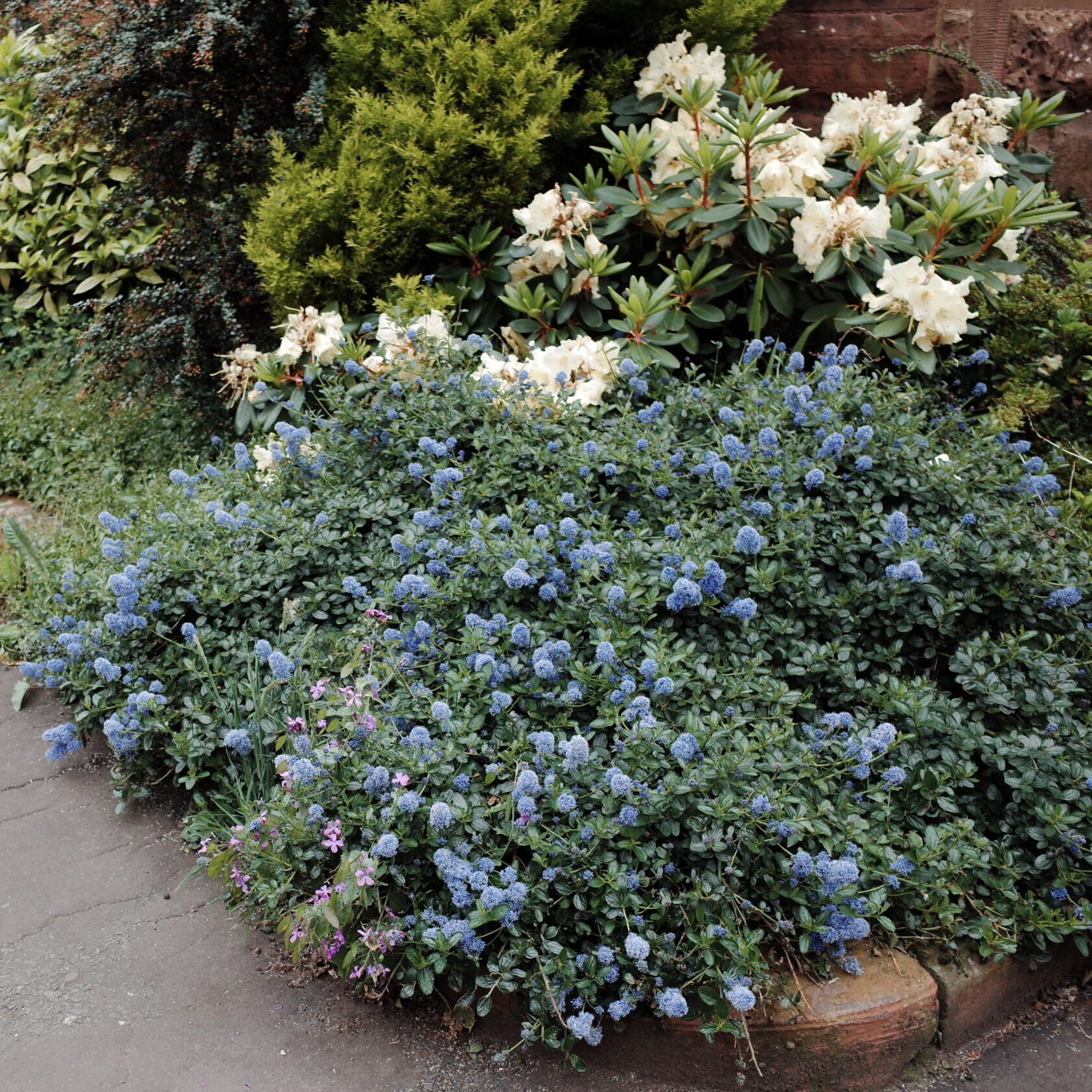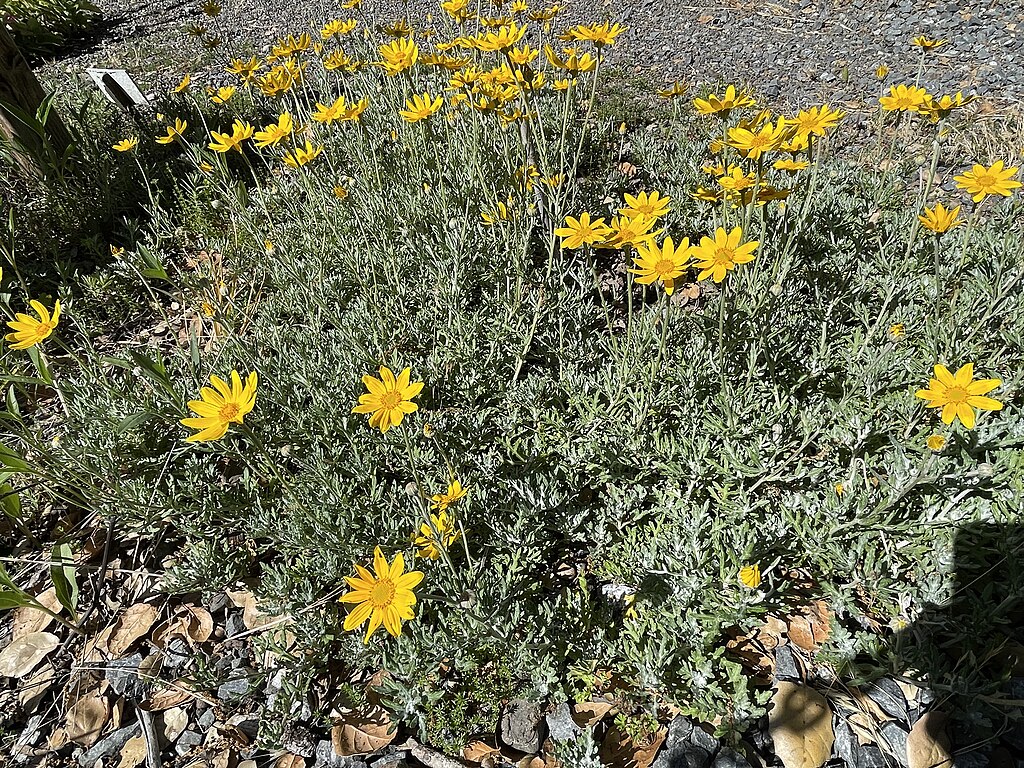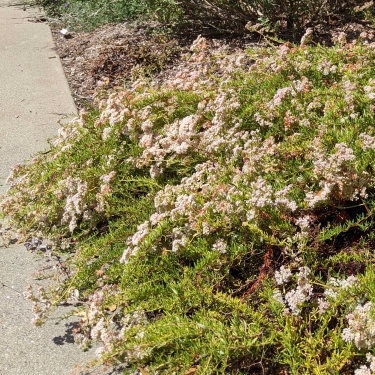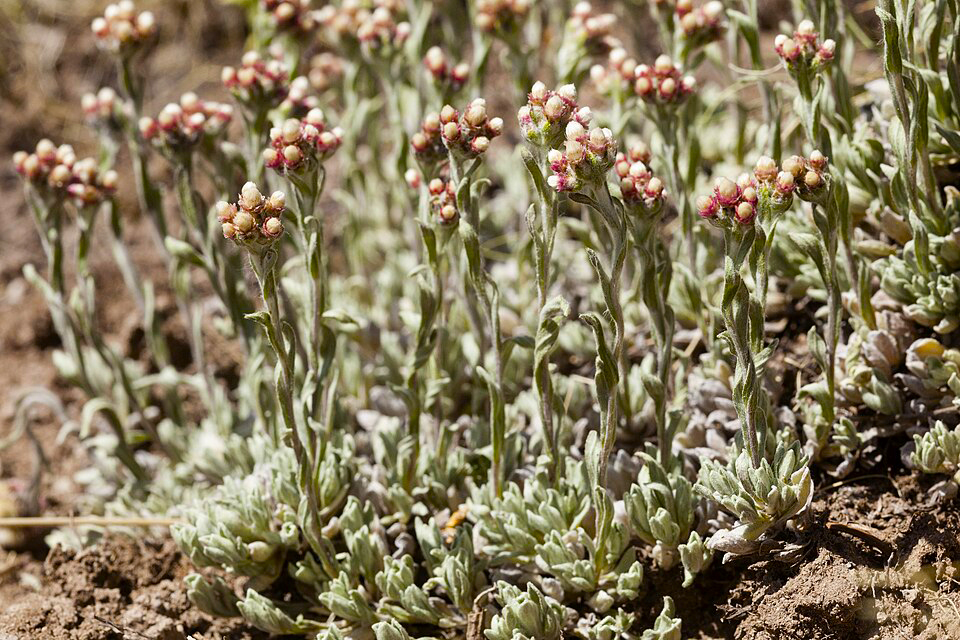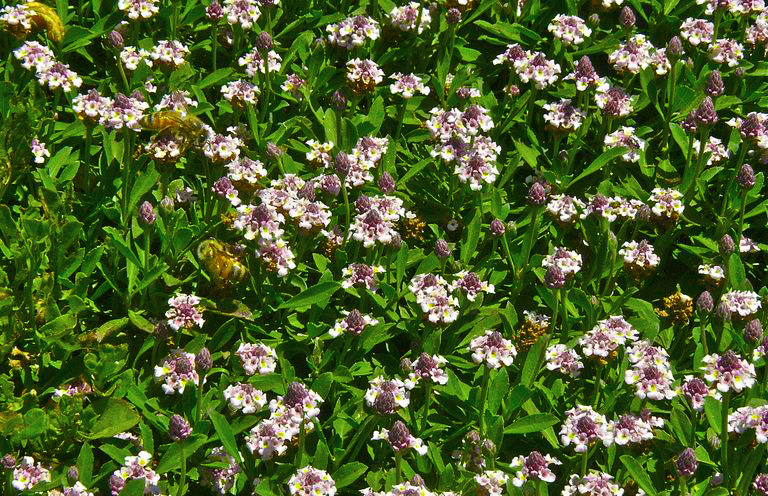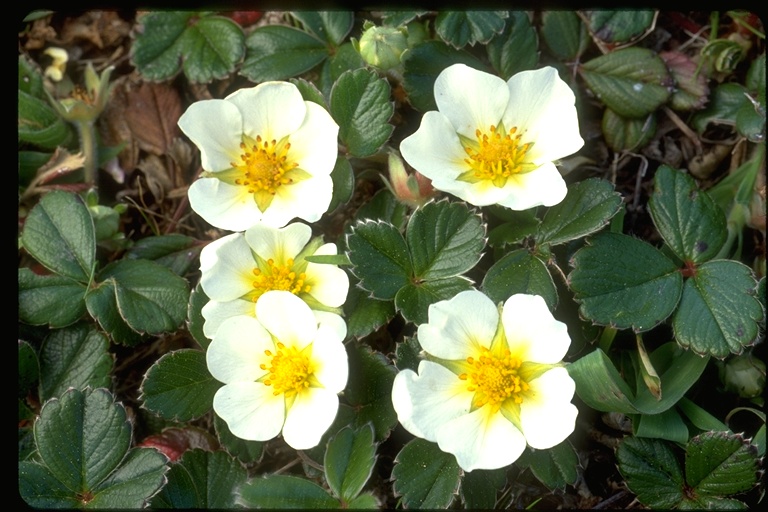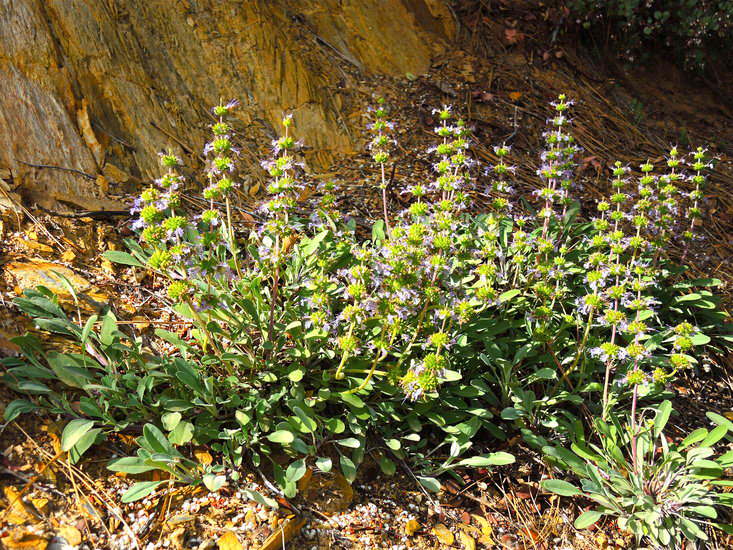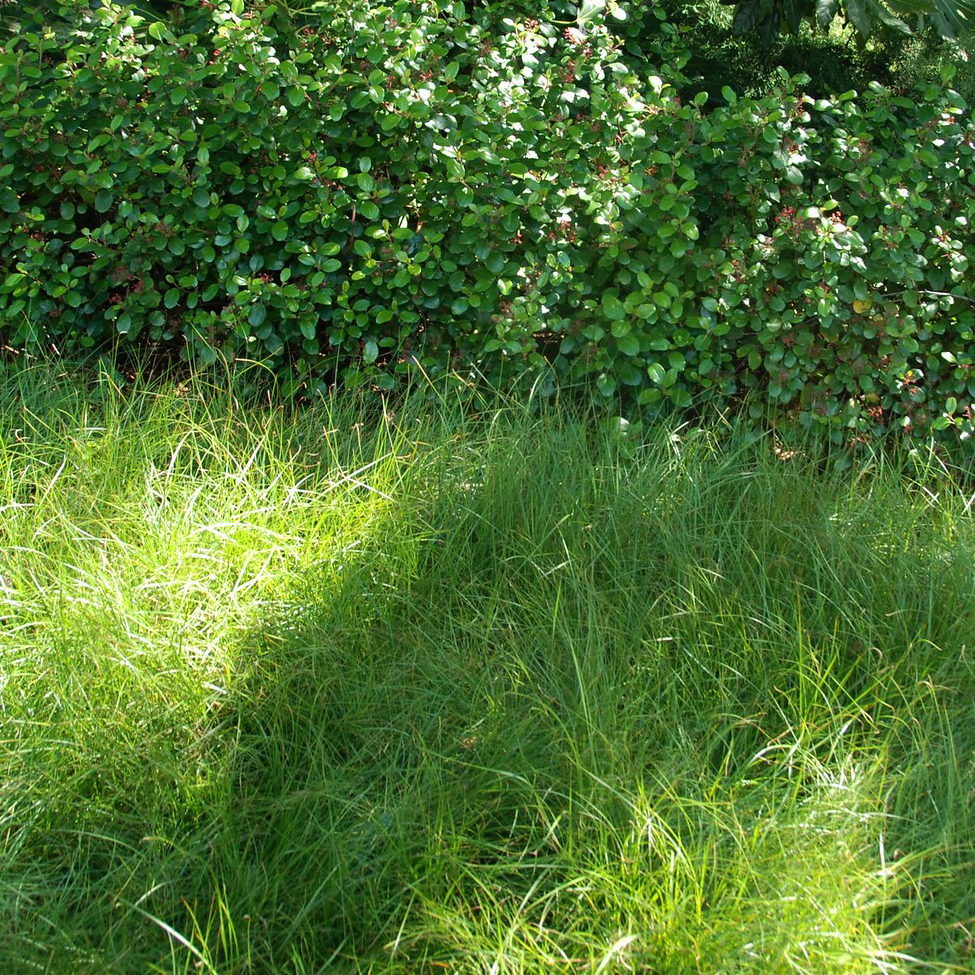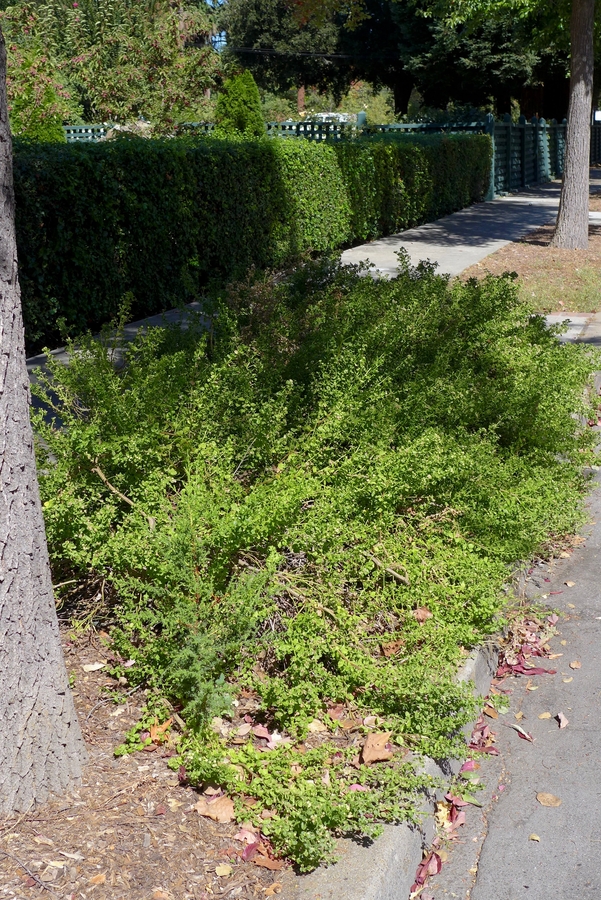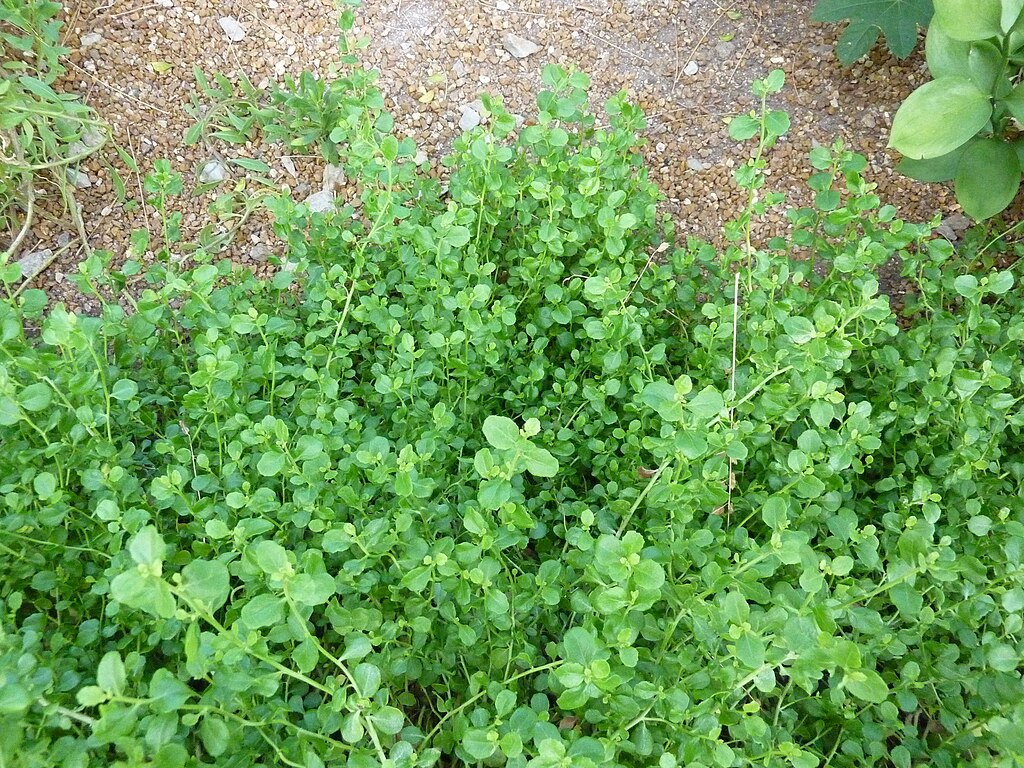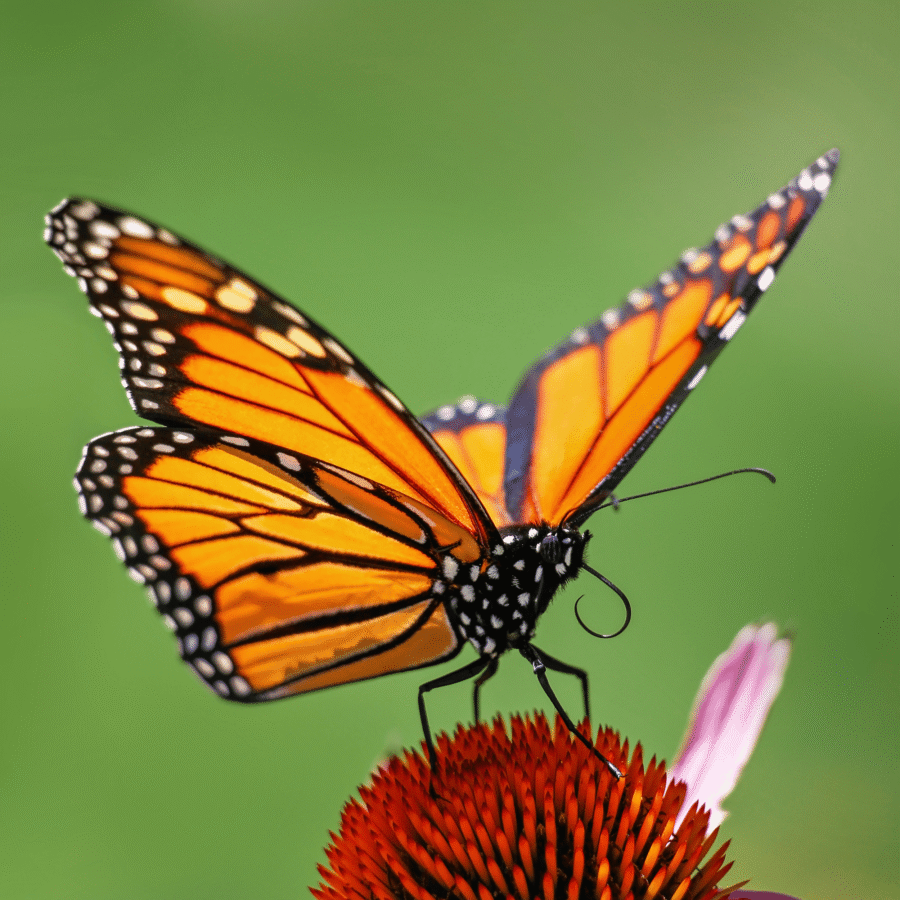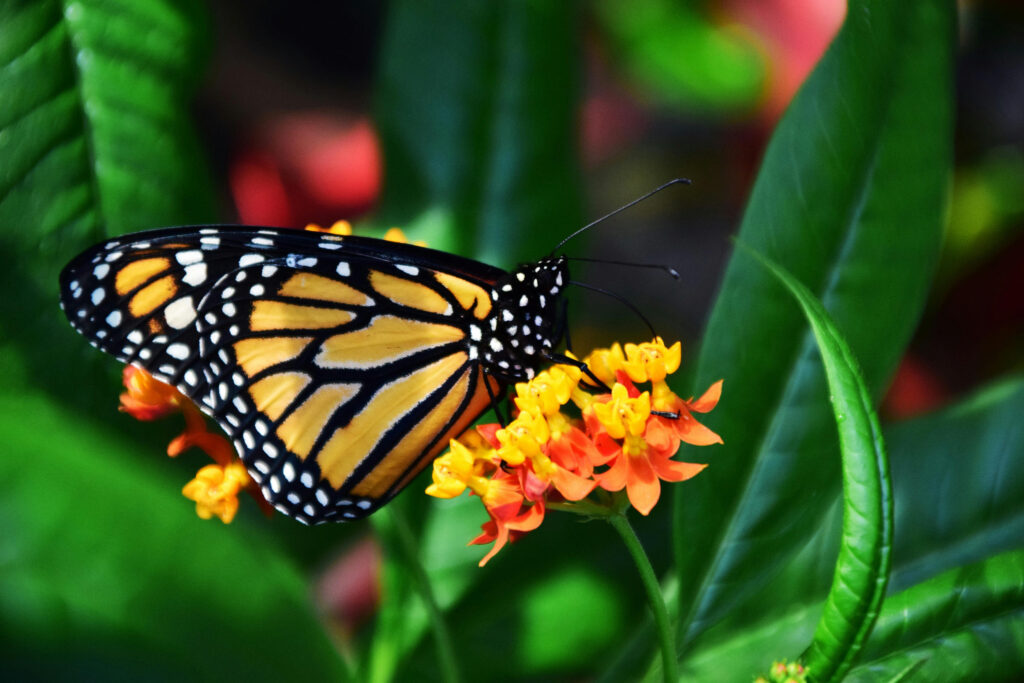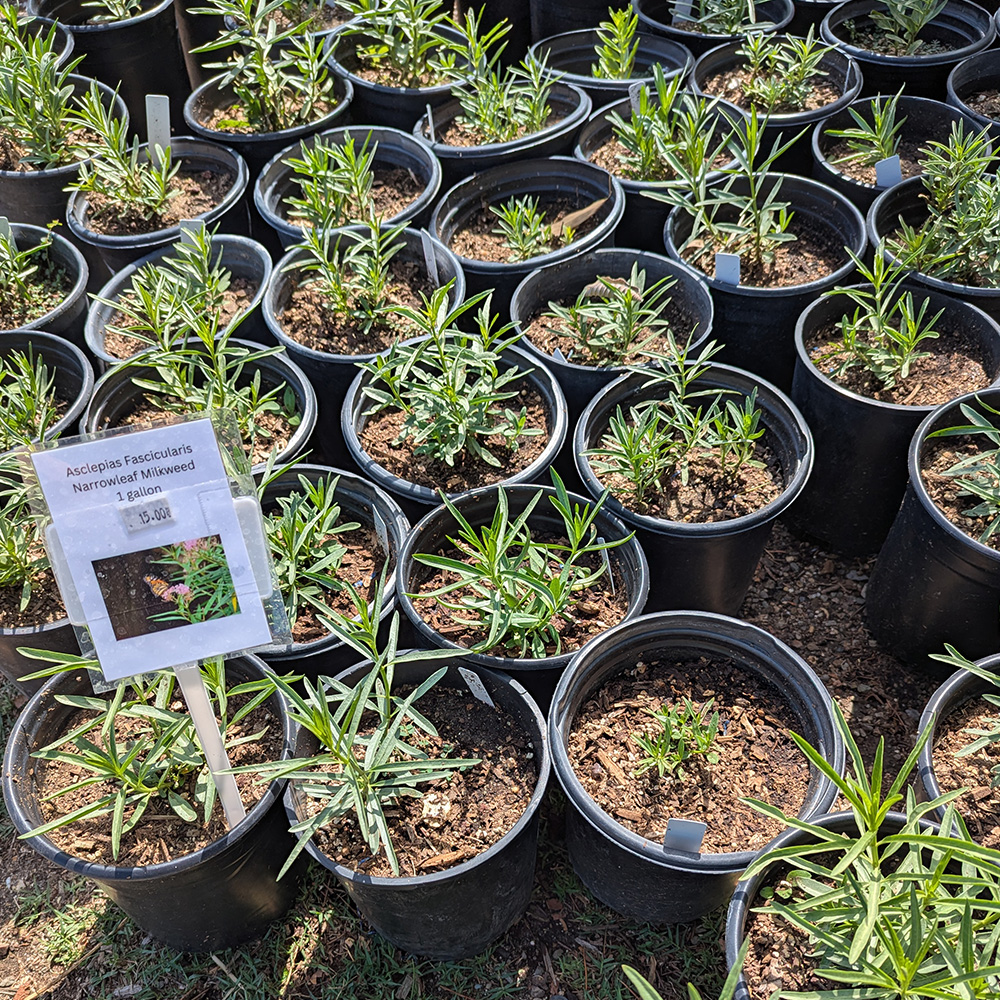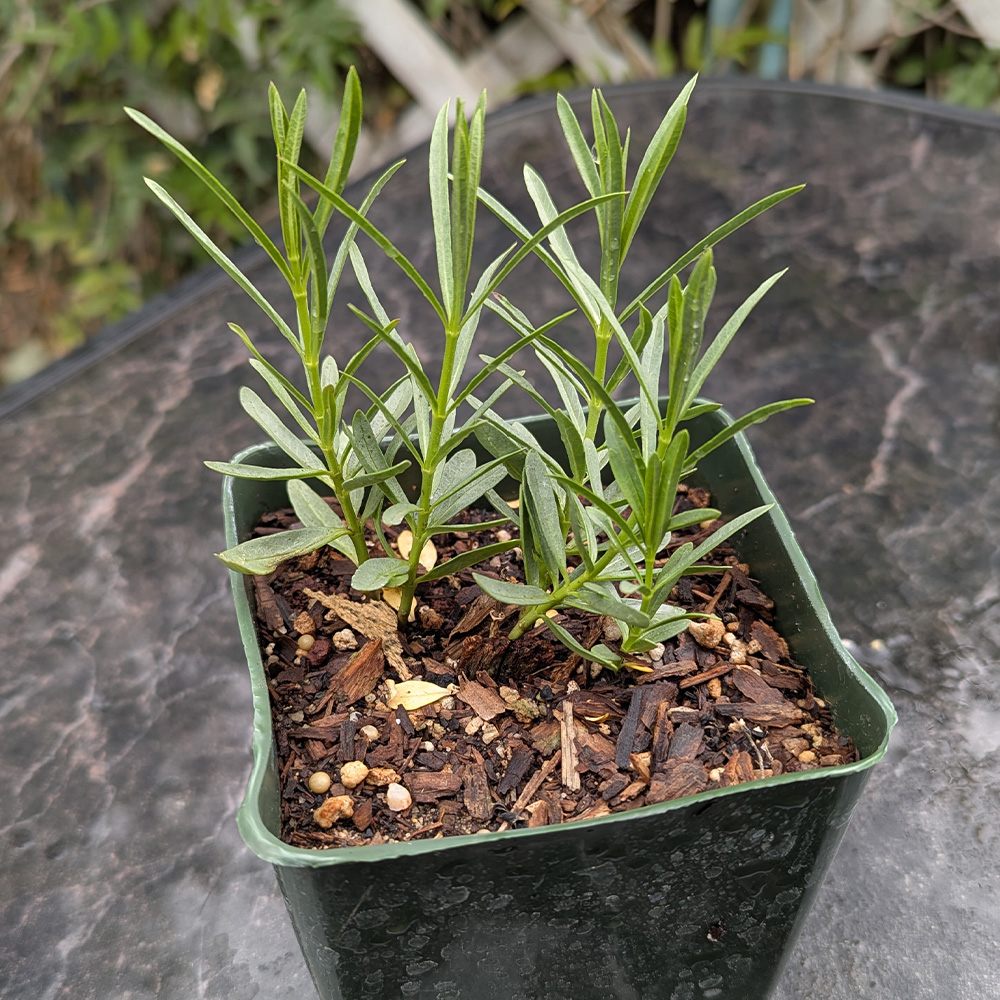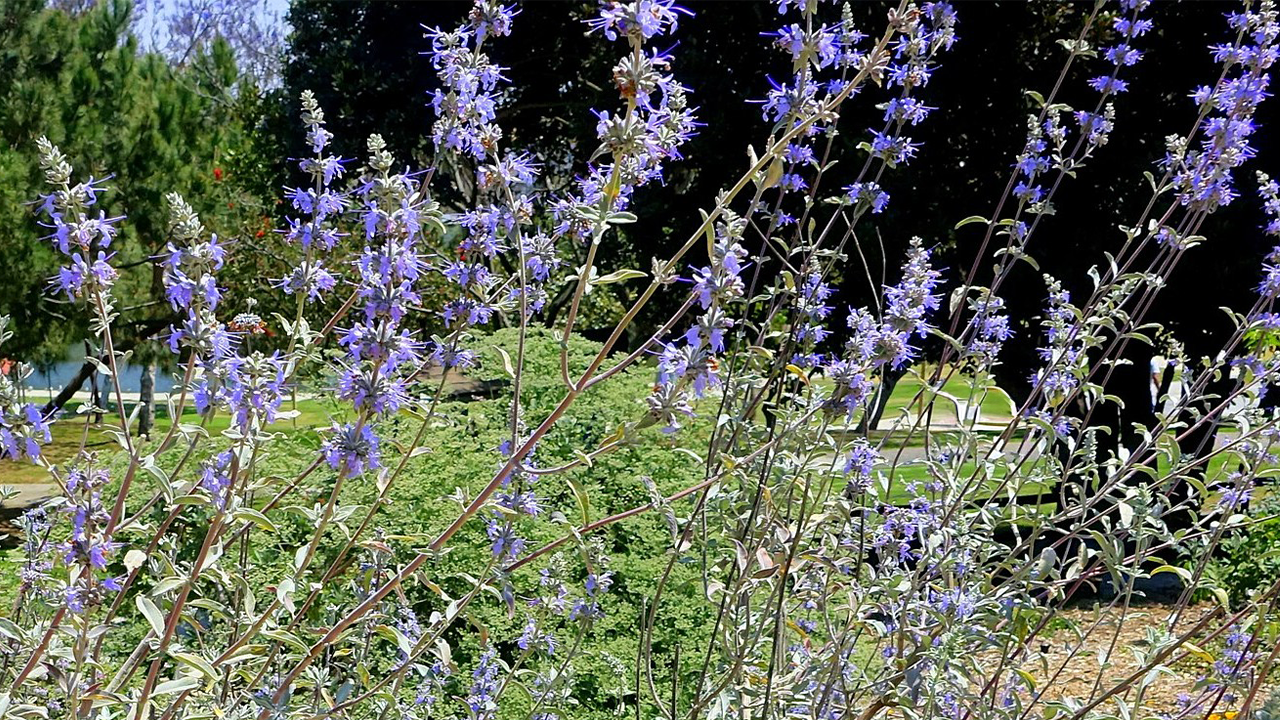
Popular Salvias of the West Coast
Discover the most popular West Coast salvia varieties grown at our nursery. These standout sages are loved for their fragrance, blooms, and pollinator power—perfect for low-water, high-impact gardens.
Salvias are showstoppers in any California or West Coast garden. Beloved for their fragrant foliage, long bloom season, and pollinator appeal, these California native salvia plants are some of the most popular and dependable varieties you’ll find. These are the standards—time-tested, crowd-favorite sages we grow at our nursery because they thrive in local conditions and keep hummingbirds, bees, and butterflies coming back for more.
Most Popular Salvias for your Garden
Salvia ‘Allen Chickering’
Deep purple flowers, late spring to summer
2–3 ft tall, 2–3 ft wide
A hybrid with large, showy blooms and aromatic foliage, notable for its robust growth and rich color. It stands out by combining vigor with garden elegance, making it a staple for pollinator gardens.
Attracts: Bees, hummingbirds
Salvia apiana (White Sage)
White flowers, late spring to summer
3–5 ft tall, 3–5 ft wide
This sacred and aromatic plant is one of the most popular native California salvia varieties, known for its striking silver foliage and tall flower spikes. A favorite for pollinators, it also holds deep cultural significance. Needs full sun and excellent drainage.
Attracts: Native bees, butterflies
Available in Nursery and Online
Salvia brandegeei (Brandegee’s Sage)
Deep violet-blue flowers, late spring to summer
3–6 ft tall, 3–5 ft wide
A rare coastal sage with striking violet-blue flowers and aromatic gray-green foliage. It stands out for its salt tolerance and preference for coastal bluff habitats. A beautiful choice for gardens near the ocean or in dry shade.
Attracts: Hummingbirds, native bees

Salvia clevelandii (Cleveland Sage)
Deep blue to purple flowers, spring to early summer
3–5 ft tall, 3–6 ft wide
One of the most fragrant and popular native California salvia varieties, Cleveland Sage stands out with its round clusters of lavender blooms and intensely aromatic leaves. It’s a showstopper in dry gardens and thrives in full sun.
Attracts: Bees, hummingbirds, butterflies
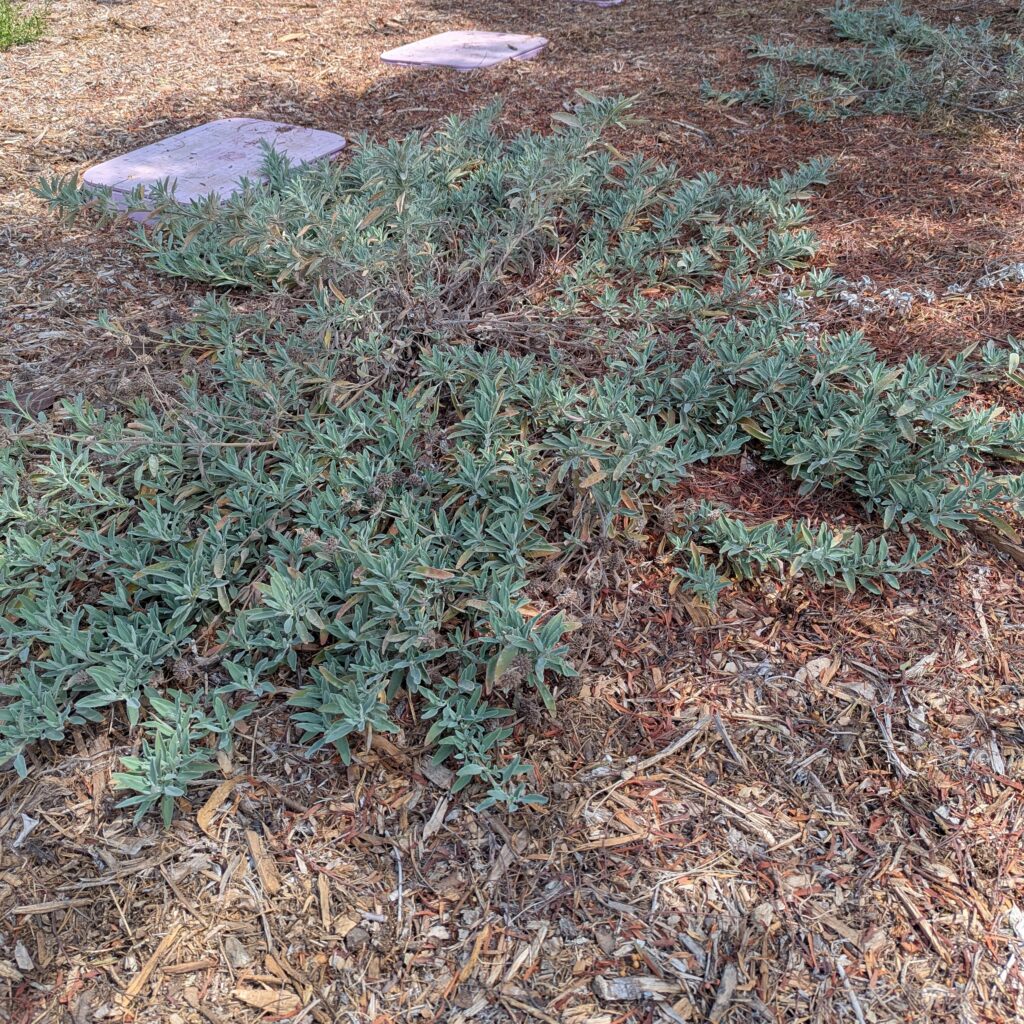
Salvia ‘Bee’s Bliss’
Bright blue flowers, late spring to summer
1–2 ft tall, 2–3 ft wide
A compact hybrid known for its intense blue blossoms and long flowering season. Stands out with prolific blooms and a tidy growth habit, making it perfect for small gardens or containers. Very drought tolerant and low maintenance.
Attracts: Bees, hummingbirds
Available in Nursery and online
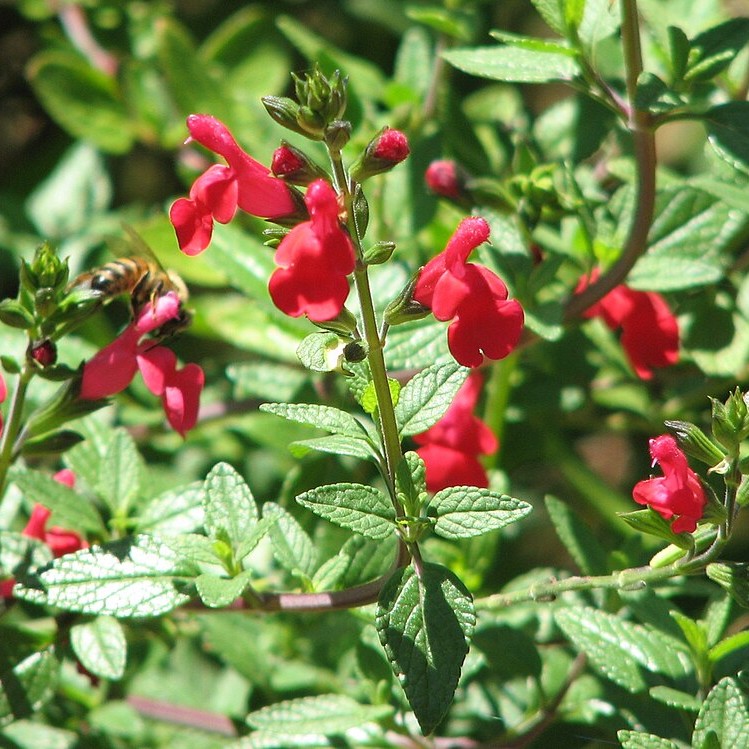
Salvia ‘Lemonii’ (Lemon’s Sage)
Red flowers, late spring to summer
2–3 ft tall, 2–3 ft wide
Recognizable by its striking purple stems and fragrant leaves, this cultivar offers an unusual contrast to typical green-stemmed sages. It performs well in both sun and part shade, adding unique texture and color.
Attracts: Bees, butterflies, and hummingbirds
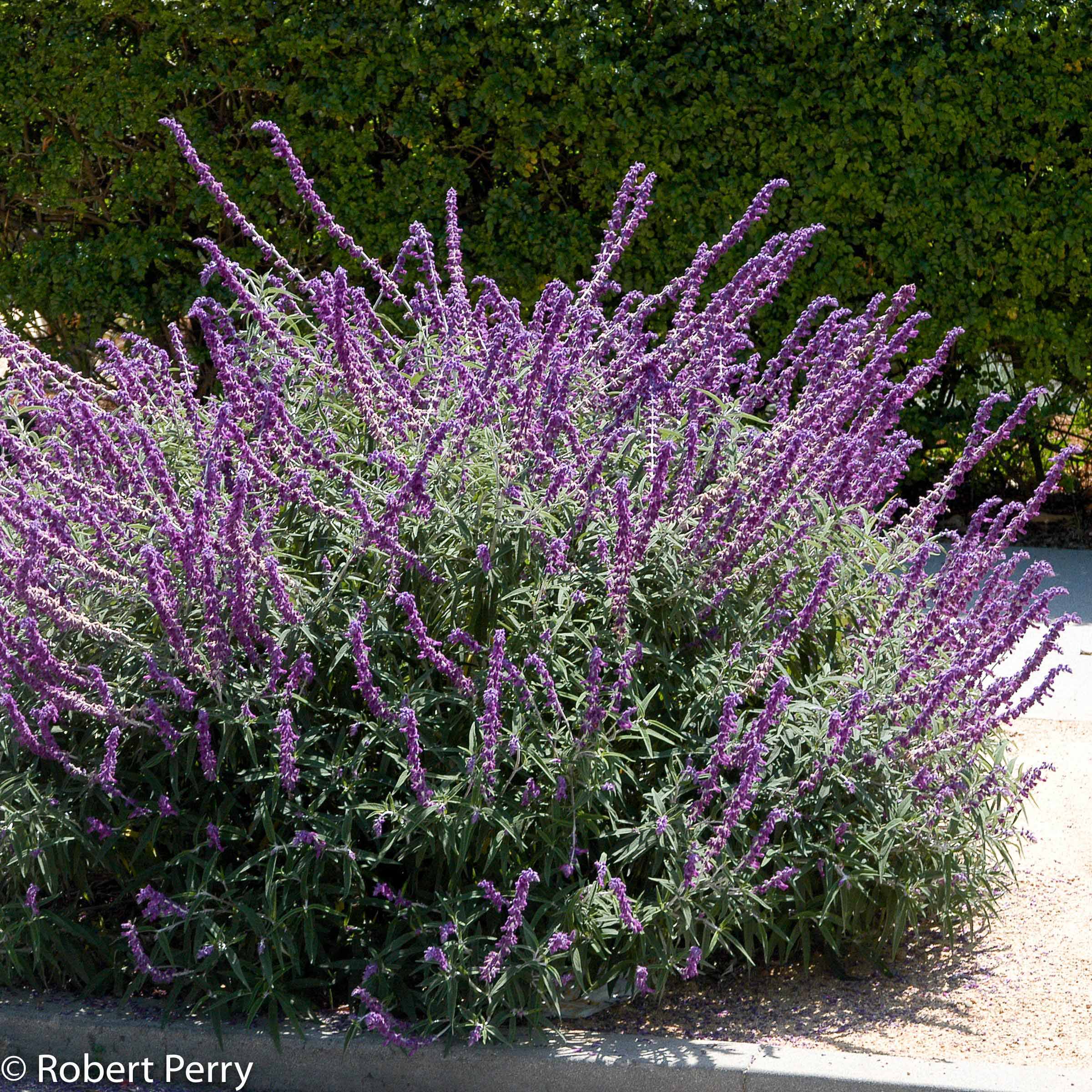
Salvia leucantha (Mexican Sage)
Purple and white flowers, late summer to fall
3–4 ft tall, 3–5 ft wide
Known for its velvety purple flower spikes with white calyxes, this sage blooms later than many natives, extending nectar availability. It stands out for its soft, ornamental texture and hummingbird appeal. Prefers well-drained soil with some afternoon shade.
Attracts: Hummingbirds, bees, butterflies
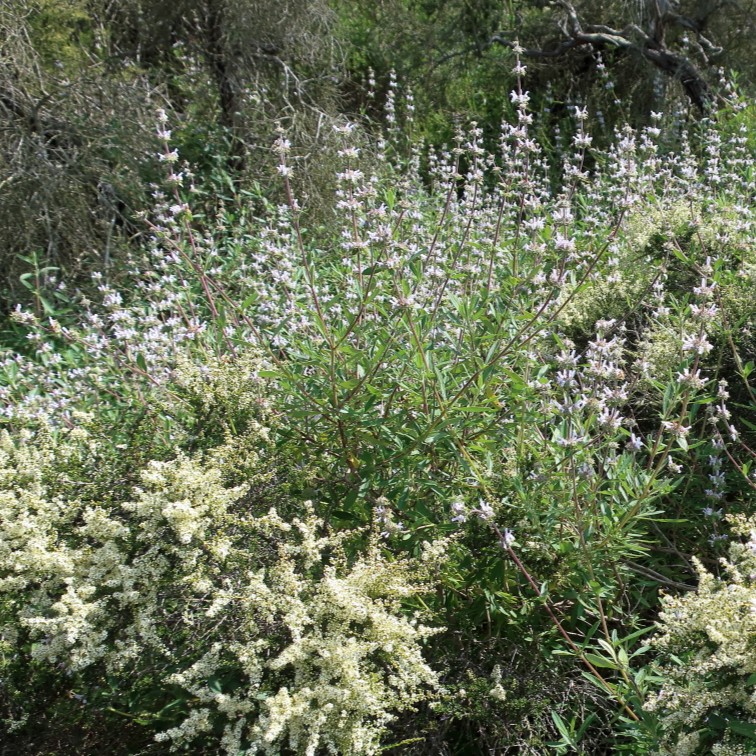
Salvia mellifera (Black Sage)
White to pale lavender flowers, spring to early summer
3–5 ft tall, 3–5 ft wide
A fragrant, hardy shrub with dark green foliage and nectar-rich blooms. It stands out for its resilience in dry, rocky soils and its importance in native pollinator ecosystems.
Attracts: Bees, hummingbirds, butterflies
Salvia ‘Mrs. Beard’
Lavender-blue flowers, late spring to summer
2–3 ft tall, 2–3 ft wide
A compact, well-branched cultivar with prolific flowers and aromatic foliage. Stands out for its neat form and ability to attract pollinators throughout the growing season.
Attracts: Bees, hummingbirds

Salvia munzii (Munz’s Sage)
Lavender to purple flowers, winter to spring
2–4 ft tall, 2–3 ft wide
A rare, early-blooming coastal sage with a compact form and aromatic leaves. Its winter bloom time sets it apart by providing nectar when few others flower. Thrives in dry, well-drained soils near the coast.
Attracts: Native bees, hummingbirds
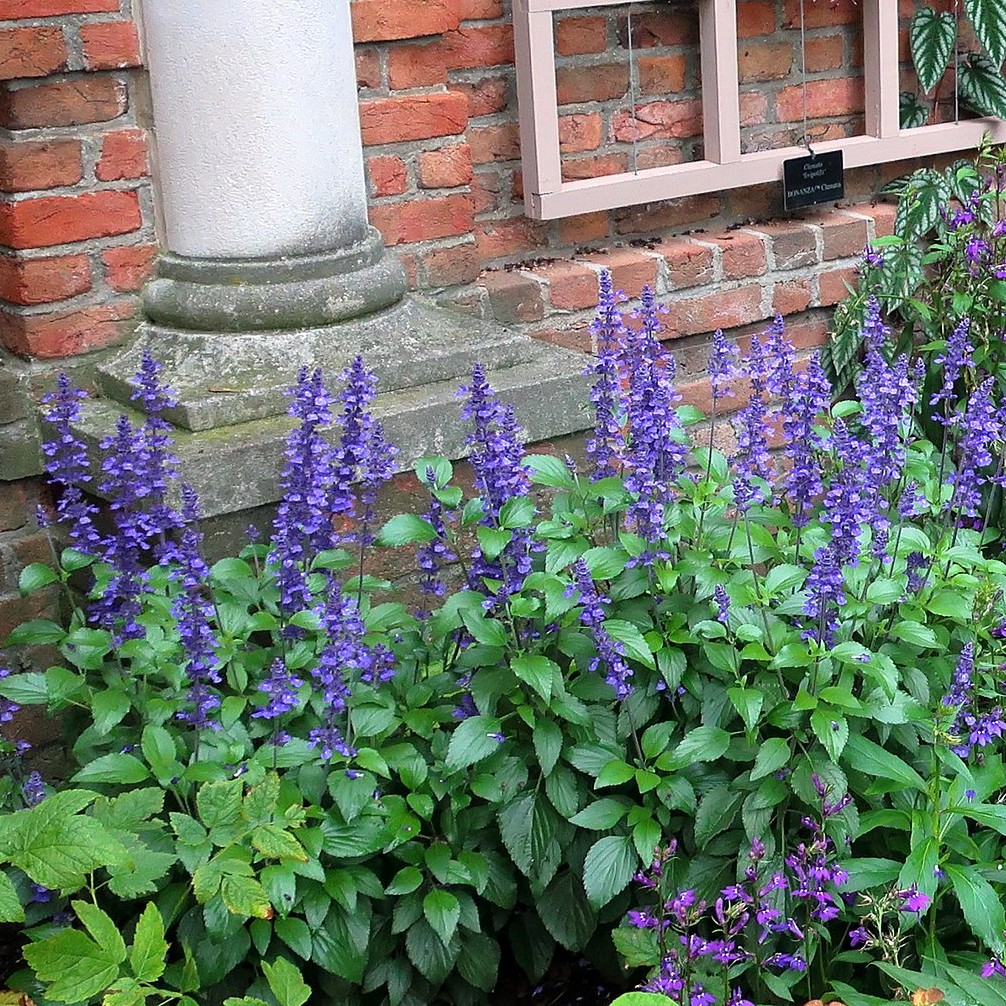
Salvia ‘Mystic Spires’
Purple-blue flowers, late spring to summer
3–4 ft tall, 2–3 ft wide
A garden favorite with towering spires of vibrant blooms and a graceful form. Notable for its upright habit and long-lasting flowers, it adds vertical interest unlike many shorter sages. Performs well in part sun to full sun.
Attracts: Hummingbirds, bees

Salvia ‘Pozo Blue’
Bright blue flowers, late spring to summer
2–3 ft tall, 2–4 ft wide
A hybrid of Cleveland and White Sage, ‘Pozo Blue’ offers the best of both and is quickly becoming one of the popular native California salvia varieties for low-water landscapes. It’s larger, tougher, and still highly fragrant.
Attracts: Bees, hummingbirds
Available in nursery and online

Salvia spathacea (Hummingbird Sage)
Magenta to pink flowers, spring to early summer
1–3 ft tall, 3–6 ft wide
This sage stands out for its strong, sweet fragrance and spreading habit, forming dense mats of aromatic leaves. Its vibrant magenta flower spikes are a magnet for hummingbirds, especially in dry shade. Excellent for groundcover in woodland gardens.
Attracts: Hummingbirds, native bees, butterflies

Salvia coccinea (Scarlet Sage)
Bright red flowers, summer to fall
1–3 ft tall, 1–2 ft wide
Distinguished by brilliant scarlet blooms and a bushy habit, this sage flowers prolifically in warmer months. It tolerates heat and humidity better than most California sages and attracts hummingbirds in abundance.
Attracts: Hummingbirds, butterflies
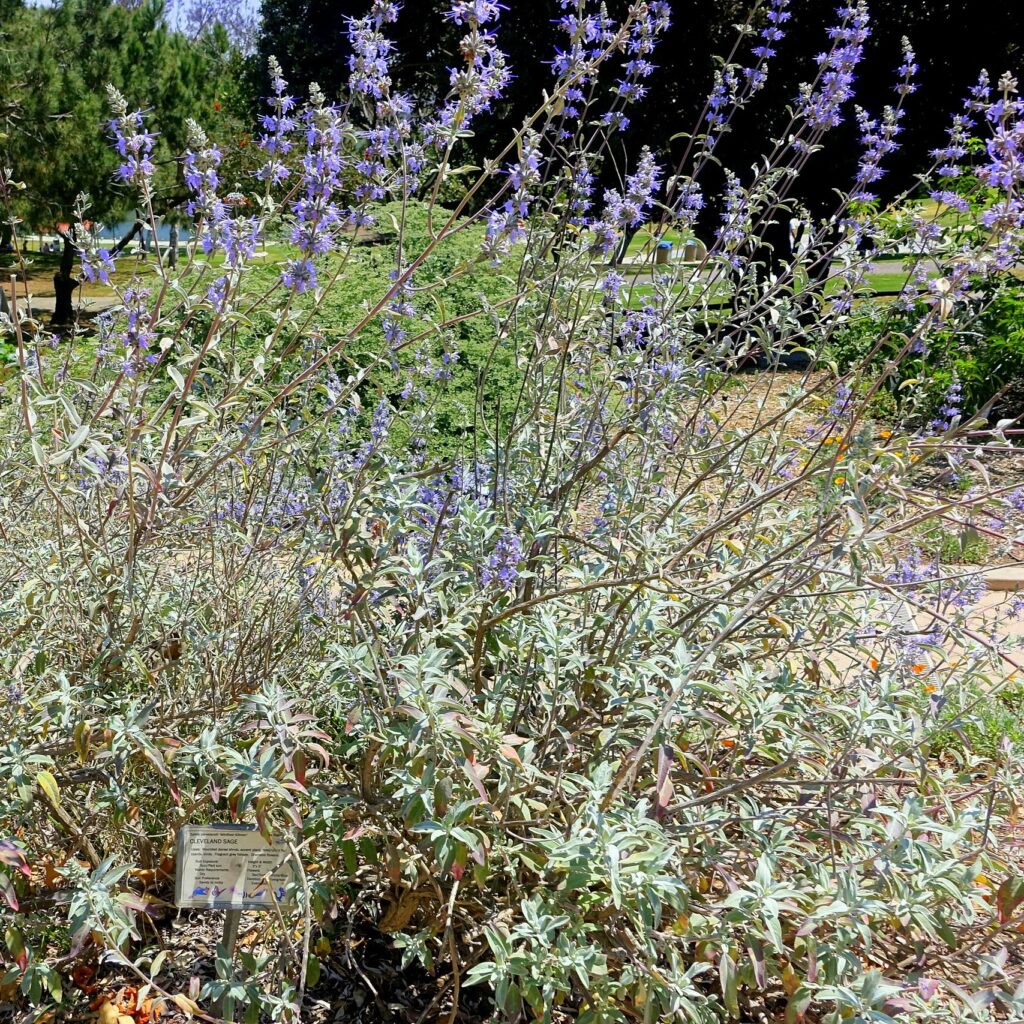
Salvia ‘Winifred Gilman’
Soft blue flowers, late spring to summer
2–3 ft tall, 2–4 ft wide
Valued for its delicate blue flowers and dense, compact form, this sage adds softness to gardens. It stands out by balancing showy blooms with tidy foliage, perfect for smaller spaces.
Attracts: Bees, hummingbirds
Available in the Nursery and online
